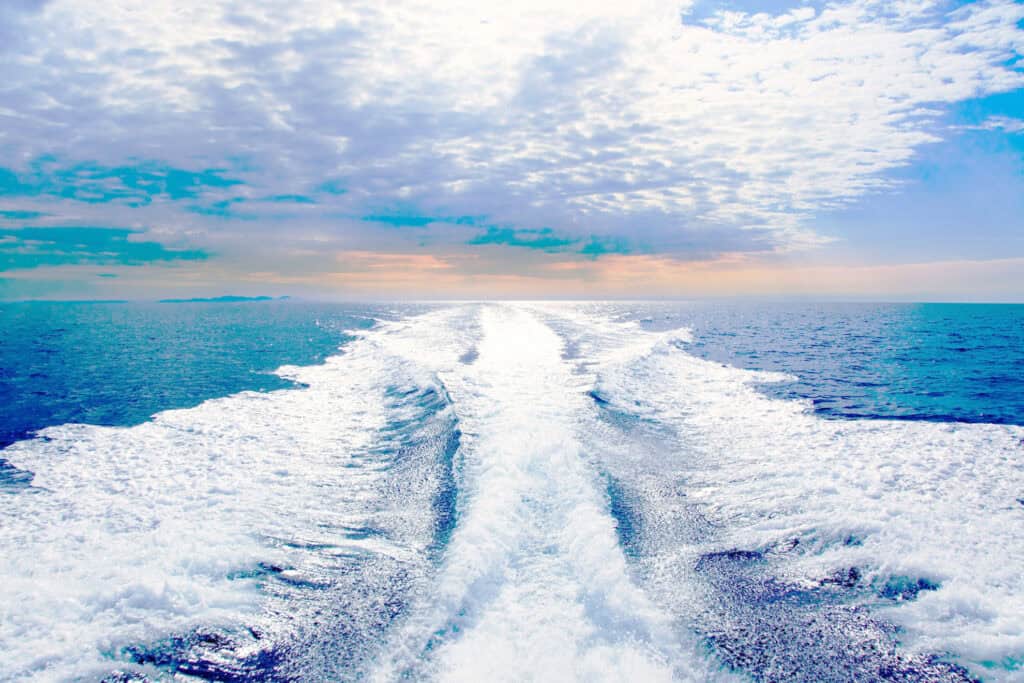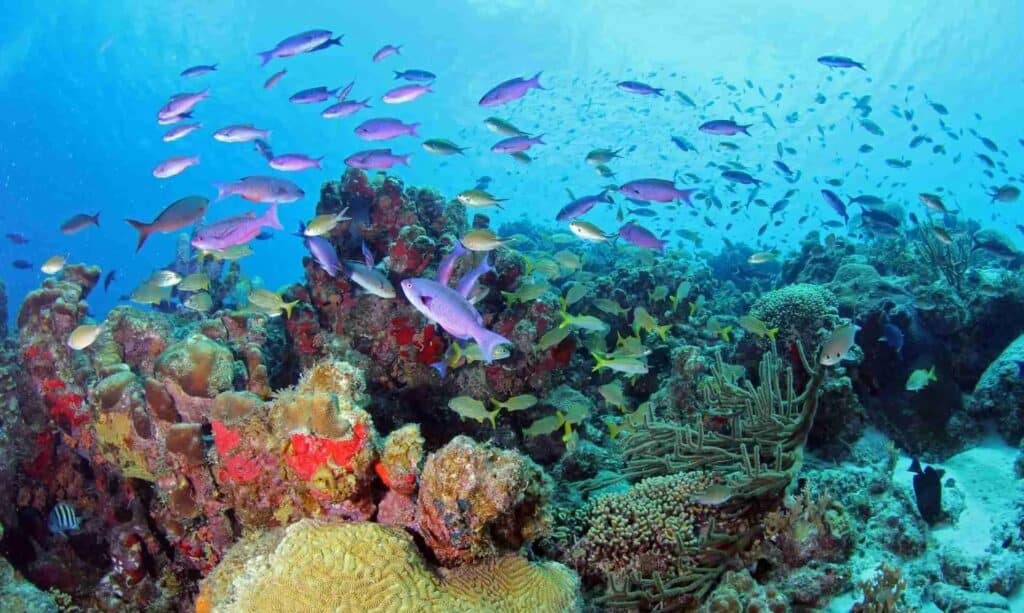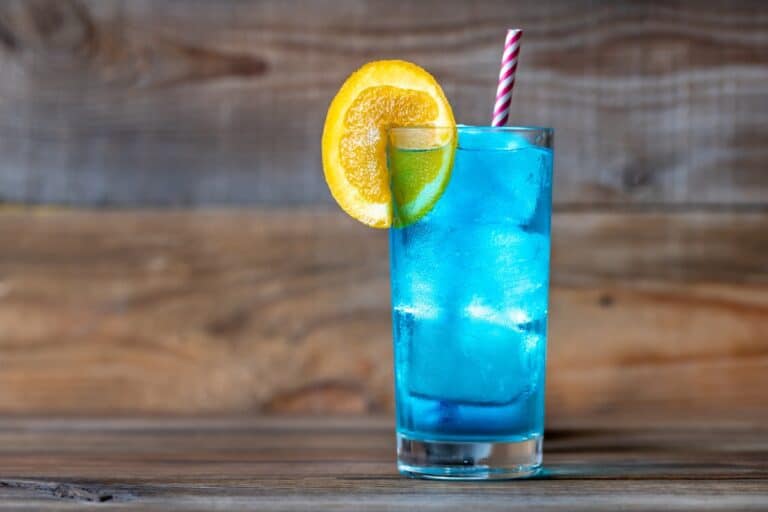
Does Curaçao get hurricanes?
Does Curaçao get hurricanes?
Are you wondering whether your tropical vacation could be disrupted by a major storm?
What you need to know about hurricane risk
Curaçao sits comfortably outside the hurricane belt, making it one of the safest Caribbean islands to visit during Atlantic hurricane season. Located in the Southern Caribbean as part of the ABC islands (Aruba, Bonaire, and Curaçao), this Dutch Caribbean destination experiences significantly less hurricane activity than islands farther north like Puerto Rico or the Virgin Islands. The official season runs from June 1 through November 30, but Curaçao’s southern position near the Venezuelan coast keeps it well away from the typical paths of tropical storms and hurricanes.
While the island isn’t completely immune to weather disturbances, direct hits are extremely rare. The last significant impact was from Hurricane Felix in 2007, which passed south of the island as a Category 2 hurricane but caused minimal damage. Most named storms that develop in the Atlantic Ocean or near the Cape Verde Islands track much farther north, leaving Curaçao with little more than occasional rain and increased wind. The National Hurricane Center monitors all systems, but the island rarely receives even a hurricane watch, let alone a hurricane warning.
Thanks to consistent trade winds and its position in the Leeward Antilles, Curaçao enjoys stable beach weather year-round, making it an ideal destination even during peak hurricane months when other Caribbean destinations face higher risks.

Luxury car rentals in Curaçao
Experience transparent pricing and exceptional service with Rent Car Curaçao. Choose from luxury vehicles elevate your Curaçao adventure.
Understanding hurricane season and weather patterns
While Curaçao enjoys exceptional protection from hurricanes, understanding the broader weather context helps you plan the perfect trip. The island’s unique position in the Southern Caribbean Dry Zone creates climate conditions that differ dramatically from destinations farther north.
How the island’s location provides natural protection
Curaçao’s placement in the Leeward Antilles keeps it safely south of where most named storms develop and travel. Systems that form near the Cape Verde Islands in the eastern Atlantic Ocean typically curve northward long before reaching this southern latitude. The Meteorological Department of Curaçao continuously monitors satellite images and coordinates with the National Hurricane Center to track any potential threats. Even during active years when the NOAA seasonal outlook predicts above-average activity, Curaçao remains largely unaffected. Historical records from the National Centers for Environmental Information confirm that direct hurricane impacts occur less than once per decade, with most systems weakening to tropical depression status or passing well to the north.
What happens during the wet season
The island experiences its wet season from October through January, though rainfall remains modest compared to other Caribbean isles. You can expect brief afternoon showers that quickly give way to sunshine hours and clear skies. Average precipitation during these months rarely disrupts outdoor activities for long. The Curacao Meteorological Department provides daily forecasts that help you plan around any weather. Consistent northeast trade winds and occasional southeast winds keep temperatures comfortable year-round, with the average minimum temperature rarely dropping below 78°F even at night. Unlike northern islands that experience dramatic seasonal shifts, Curaçao maintains steady beach weather throughout the year.
Rare historical weather events
The few tropical systems that have approached Curaçao over the decades provide perspective on actual risk. Hurricane Felix in 2007 passed south as the most recent significant event, bringing moderate rainfall and increased wind but no major damage. Earlier systems like hurricanes Ivan, hurricanes Bret, and hurricanes Joan similarly tracked at safe distances. The island has never experienced a direct hit from a major hurricane on the Saffir-Simpson scale. When the National Hurricane Center issues watches for systems designated as Invest 98 or similar classifications, Curaçao typically remains outside the affected zone. Even devastating storms like Hurricane Irma and hurricanes Irene that caused catastrophic damage to islands like Puerto Rico and other northern destinations left Curaçao completely untouched.
Climate patterns and seasonal considerations
The island’s dry season from February through September offers the most predictable conditions, though the climate remains pleasant year-round. Hot air masses from the Sahara Desert occasionally influence weather patterns but rarely bring significant storms. Air pressure systems and wind speed data consistently show stable conditions, especially compared to destinations in the main hurricane belt. The Curaçao Tourist Board emphasizes that visitors from northern climates can escape harsh winters without worrying about hurricane disruptions. Peak season brings more cruise ships and fuller boutique hotels, though you will avoid the inflated hotel rates and crowded restaurants common during holidays.
Smart travel planning tips
Even with minimal hurricane risk, purchasing travel insurance provides peace of mind for any unexpected disruptions. The Caribbean Hurricane Season officially runs from June 1 through November 30, though Curaçao experiences far less impact than destinations further north. Sign up for email communications from your resort or the tourist board to receive any weather updates during your stay. Most visitors find that Curaçao’s reliable conditions make it one of their favorite places to visit during months when they would avoid other Caribbean destinations entirely.
Does Curaçao get hurricanes? - FAQ
What should I know about visiting Curaçao's national parks during different seasons?
Popular destinations like Christoffel National Park and Shete Boka National Park remain accessible year-round, though trails can be muddy during occasional wet season showers. Hiking Mount Christoffel offers spectacular views and opportunities to spot wildlife in their natural habitat. The parks showcase Curaçao’s unique desert-like ecosystem, with native flora adapted to the Southern Caribbean climate. Early morning visits provide cooler temperatures and better chances to observe animals. Both parks require entrance fees and offer guided tours for those wanting deeper insight into the island’s ecological diversity and conservation efforts.
Are there special wildlife viewing opportunities on Curaçao?
Curaçao hosts remarkable marine life year-round, with Leatherback Turtles nesting on remote beaches from April through August. Shete Boka National Park provides excellent turtle watching opportunities during nesting season, with guided night tours available through conservation organizations. The island’s waters attract dolphins, rays, and tropical fish visible from shore at locations like Playa Knip and Cas Abao. Land wildlife includes native iguanas, diverse bird species, and the distinctive Curaçao white-tailed deer found in Christoffel. Respect wildlife viewing guidelines and maintain appropriate distances to protect these species.
What are the best beaches for a quieter, more authentic experience?
Beyond popular spots, Playa Knip (also called Kenepa Chiki) offers stunning turquoise waters with fewer crowds, especially on weekdays. Cas Abao provides excellent facilities while maintaining a more relaxed atmosphere than resort beaches, with calm waters perfect for families. Kenepa Grandi features dramatic cliffs and pristine sand with minimal development nearby. These beaches typically have small entrance fees that support maintenance and amenities. Arrive early during peak season to secure parking and enjoy the most peaceful experience before day-trippers arrive from cruise ships docked in Willemstad.
Where should I stay for an authentic Curaçao experience?
Consider boutique hotels in renovated colonial buildings throughout Willemstad’s historic districts rather than large resorts. Properties in Pietermaai offer walking access to restaurants and nightlife while maintaining local character. Marazul Dive Resort caters to underwater enthusiasts with direct beach access and dive facilities. Small guesthouses in residential areas like Dorp Soto provide opportunities to experience daily island life. Avoid inflated hotel rates by booking during shoulder season from May through November. Many locally-owned properties offer personalized service and insider recommendations you won’t find at international chain hotels.
How can I avoid the typical tourist crowds and busy areas?
Visit popular attractions early morning or late afternoon when cruise ships passengers return to port, significantly reducing crowds at beaches and in Willemstad’s shopping districts. Skip crowded restaurants in Punda’s main tourist zone and explore neighborhoods where locals dine for more authentic experiences and better value. Weekdays offer quieter conditions at national parks and beaches compared to weekends when island residents visit. Book accommodations away from major resort areas in residential neighborhoods. Research through local forums and tourism resources rather than following mainstream guidebooks to discover hidden gems before they become overcrowded.
What interesting historical sites exist beyond the main tourist areas?
While central Willemstad rightfully holds UNESCO World Heritage status for its colonial architecture, explore lesser-known UNESCO World Heritage components scattered across the island. Historic plantation houses (landhuizen) offer insight into agricultural history and Dutch colonial life. Visit the German freighter shipwreck accessible from shore near the Caracas Bay area for snorkeling combined with maritime history. Small neighborhood museums showcase local culture away from main tourist circuits. The island’s fortifications beyond Fort Amsterdam reveal defensive strategies from centuries past. These sites provide context for understanding Curaçao’s complex multicultural heritage and economic development.
What unique experiences does the east coast offer visitors?
The rugged east coast features dramatic wave action at Shete Boka National Park where Caribbean Sea swells create impressive natural blowholes and cave formations. This windward side contrasts sharply with the calm western beaches, showcasing the island’s geological diversity. The area remains largely undeveloped with authentic fishing villages and stunning coastal vistas. Strong currents make swimming dangerous here, but the landscape photography opportunities are exceptional. Several walking trails allow close access to wave-carved limestone formations. This region receives fewer visitors than western beaches, offering solitude for those seeking nature and dramatic seascapes over swimming.
How do I make the most of visiting during the low season?
Travel between May and November to enjoy lower prices before peak season brings inflated hotel rates and fully booked accommodations. The island maintains excellent beach weather year-round despite being technically within Atlantic hurricane season, with Curaçao’s position keeping it safely outside the main hurricane belt. Make restaurant reservations easier without competing with cruise ship crowds, and enjoy more personalized service at popular attractions. Water visibility for diving and snorkeling often improves during these months. Photography benefits from dramatic cloud formations without sacrificing overall sunshine. Shoulder season provides the ideal balance of great weather and better value.
What nearby destinations can I visit from Curaçao?
While Curaçao itself offers extensive exploration opportunities, adventurous travelers can arrange day trips to nearby Venezuelan islands like Juan Griego on Isla Margarita, though current travel restrictions require verification. The other ABC islands—Aruba and Bonaire—are accessible via short flights for multi-island Caribbean experiences. Some operators offer boat excursions toward Venezuelan coastal waters for fishing and diving, weather permitting. Dominican Republic destinations like Cabarete Beach require flights but provide contrast to Curaçao’s desert landscape. However, most visitors find Curaçao’s diverse offerings sufficient for week-long stays without needing additional destinations.
How can I stay informed about conditions during my visit?
Sign up for email communications from the Curaçao Tourist Board before your trip for official updates on events, weather, and travel advisories. The Meteorological Department of Curaçao publishes daily forecasts and monitors any tropical systems during Caribbean Hurricane Season. Most hotels and boutique hotels provide weather updates and activity recommendations based on current conditions. Download the tourist board’s mobile app for real-time information about your favorite places and any temporary closures. Follow local news sources and social media channels for authentic island updates beyond standard tourist information, ensuring you’re prepared for any changes.
Discover the Wonders
of Klein Curaçao
Experience the untouched beauty of Klein Curaçao, a hidden paradise with stunning beaches and rich marine life. Perfect for snorkeling, diving, or simply relaxing in the sun.
Popular subjects
Luxury car rentals in Curaçao
Experience transparent pricing and exceptional service with Rent Car Curaçao. Choose from luxury vehicles elevate your Curaçao adventure.
Subscribe to our newletter
Discover the Wonders of Klein Curaçao
Experience the untouched beauty of Klein Curaçao, a hidden paradise with stunning beaches and rich marine life. Perfect for snorkeling, diving, or simply relaxing in the sun.





